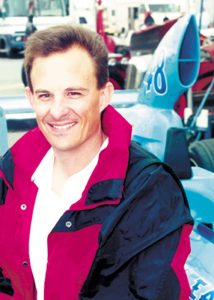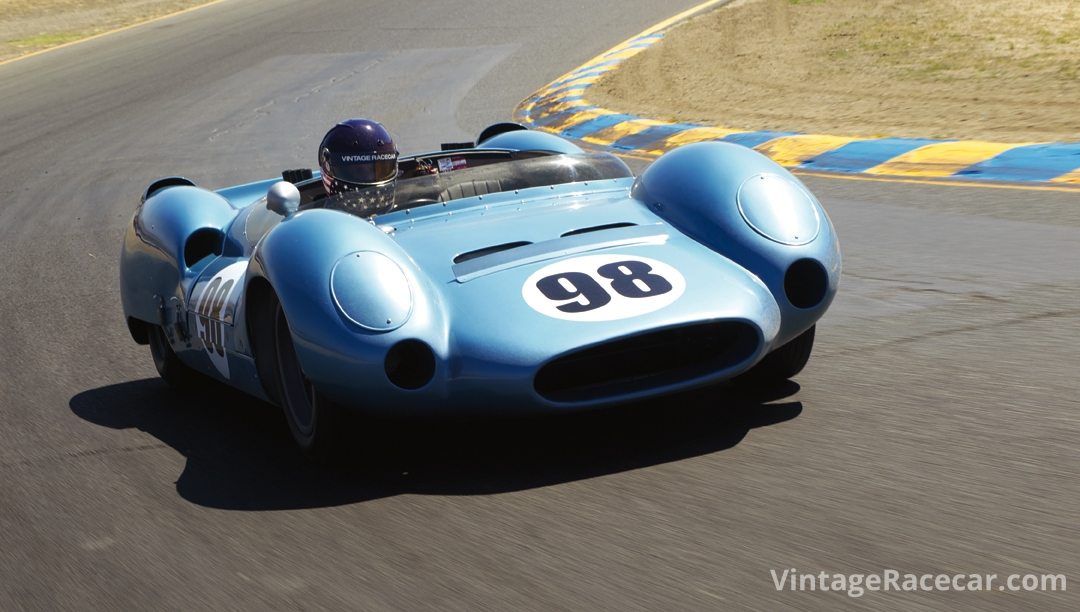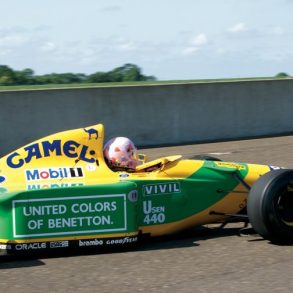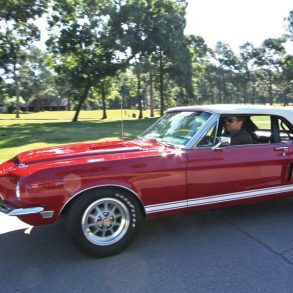Since the very dawn of motorsport, automobile racing has been governed by rules. The very first motoring competition was the Paris-Rouen trials in 1894. Organized by the Parisian newspaper Le Petit Journal, the rules were seemingly vague and capricious, including the caveat that the winner would be “chosen” by a panel of judges from the vehicle which demonstrated itself to be safe, easy to handle and inexpensive to run! Perhaps not surprisingly, the very first motoring competition also saw the very first motoring controversy and protest, resulting from the judges disqualifying the apparent winner—the 6-passenger vehicle of Count Jules de Dion—for being steam-powered, despite these same judges allowing it to compete in the first place.
Sadly, things didn’t get much better for the first true international race, the Paris-Amsterdam-Paris races, held July 7, 1898. The chief engineer of the Paris police, a Monsieur Bochet, was concerned for the public’s safety, as a result of two deaths that occurred in the Course de Périgueux, a few months prior. Bochet’s solution was to impose a rule that he had to personally approve the safety of each entrant’s vehicle (making Bochet the first tech inspector?), which of course, he summarily rejected as being unsafe. Outraged by this abuse of power, the entrants banded together and vowed to race anyway. However, Bochet countered with a half squadron of the 23rd Hussars, and two cannons at the starting line, with orders to shoot anyone who defied his ban. In the end, the competitors had to tow their racing machines to Villars (outside of Bouchet’s jurisdiction) in order to start the race from there.

Editor
From this point thereafter, rules and rule-makers took on an ever more important role in racing. Like any other competition, rules were created to “level the playing” and make sure that no one got an “unfair advantage.” Yet, ironically, the single most consistent killer of good racing series has been—you guessed it—rules. One of the shining examples of this “death by rules” was the Can-Am series. In fact, if you need proof, look no further than last month’s closing installment of our Can-Am roundtable interview where, when asked what killed the Can-Am series, the assembled panel of ex-competitors responded, in unison, “RULES!”
More recent examples include the Champ car/Indy car war, Formula One and, as highlighted in this month’s profile on the Eagle-Toyota GTP car, Group C and GTP sports car racing. All three of these series have been hampered or virtually destroyed by almost continual tinkering with the rules. After 100 years of this nonsense, you’d think we’d learn!
Unfortunately, this phenomenon is not the sole purview of professional motorsport either. Even our own little historic racing corner of the motorsport world regularly falls victim to the ills of the rules’ virus. In fact, just last month, I had a call from a friend who races with a club here in the U.S. about this very same problem. He relayed to me how the governing board of his club was attempting to change the eligibility rules for a particular class of cars, despite having accepted these cars for decades and the apparent wishes of a majority of the competitors within the category.
I told him I could sympathize. For a number of years, I sat on the board of directors of a club here in California, when one elected board after another chose to use the B-production eligibility rules as a tennis ball. One year, one political faction would get elected and bring with it sweeping changes to the eligibility rules governing B-production cars, such cars as Shelby GT350s and Camaros. Owners would then go out and spend, sometimes tens of thousands of dollars, to build new engines to comply with the rules. However, the next year the opposing faction would garner enough votes to put its slate on the board, and then reverse the previous board’s position! The net effect of all of this, you might ask? The club saw its B-production field go from an impressive 40-plus field of genuine GT350s, Camaros, Jaguar XKEs and the like, down to barely a handful of cars in just a few short years. And the really sad thing is that those cars never came back. All the preceding years of building those quality fields were wiped away by political bias and lack of forethought. I told my friend this story and mentioned that what he was going through with his club could very easily mirror what this other club experienced a decade earlier, if they were not very careful.
Whether it’s vintage racing now, the Can-Am in the ’60s or road racing in the late 1800s, we seem to be eternally doomed to repeating the errors of the past. Can we ever break this vicious cycle of ruining a good thing? When I first started historic racing, I remember hearing many veterans talk about how the reason they got started in historic racing was because they were sick and tired of the hassles and politics of SCCA racing. But if the politics and rules of historic racing today become like those of the past, what new form of racing will we move onto from here?










